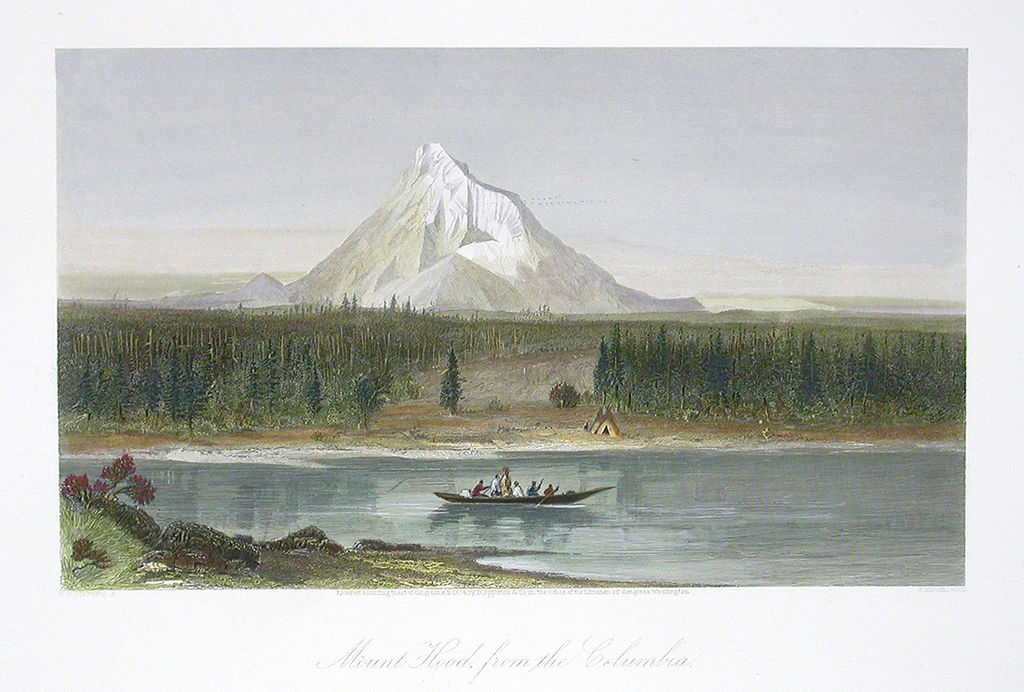What is the best way to compare Index UL (IUL) companies for cash value accumulation and loans for retirement income? Request illustrations be emailed to you. All life permanent life insurance, whole life, UL, or IUL with non guaranteed assumptions require illustrations for the insured’s review and signature. A competent life broker has the ability to email multiple carrier illustrations for comparison purposes. Make specific requests for the illustration’s structure, especially index interest rates assumptions. Insist each and every carrier use the same assumptions . Then compare cash value accumulation and loans for retirement income. Relative performance of the carriers, identifying the top performer, matters more than the figures themselves, which lack validity since they are projections over too long a period of time. To overfund an IUL request:
1. Identical assumptions: rate classification, premium amount, index rate, number of years paying premium, loan years
2. S & P 500 Index annual point-to-point; interest assumption of 5% or at most 5.50%
Commonly presented index interest rate returns of 7% to 8%+ each and every year over 20, 30, 40 years and longer are unrealistic and highly speculative
3. Minimum face amount. Guideline annual premium: Guideline premium test (maximum non-MEC)
Work backwards from the amount of money intended for premiums to solve for the minimum face amount that’s still within the limits as a non modified endowment contract (MEC). Come to the agent with a figure, as in, for example, wanting to put in $15,000 a year for the next 20 years. The initial face amount will be solved from there; it will be made as low as possible to meet IRS guidelines.
4. Increasing death benefit for premium payment years.
5. Set the premium payment years from 20 to 30 years. If older, allow at least 15 years, but usually a relatively short period of time, like 15 years, isn’t enough time to build sufficient cash value to allow for retirement income loans.
This is the accumulation period. Compare cash accumulation after the accumulation period ends.
6. Level death benefit all years in distribution period and thereafter to age 100 or age 120
7. Loans at fixed rate or maximum variable capped rate
Ask if variable loan rate is capped. Variable loan rates are frequently based on Moody’s Corporate Bond Yield index and those rates have been much higher in the past than currently.
8. Distributions starting at age 65 or after set number of years of accumulation
9. Limited distribution period to 5, 10 or 15 years
Compare which carrier has the higher values, but do not place weight in the amount which is not a reliable value when the index interest rate return assumption is a constant
10. Solve for cash value of at least $1,000 at age 100 or $1 at age 120
Example: male, age 35, preferred plus, $12,000 premiums 30 years at increasing death benefit; zero premiums thereafter at level death benefit; 5.50% S & P 500 annual point-to-point, minimum Non-MEC, guideline premium test, solve for maximum distributions 15 years, variable loan option at cap 5.5%, monthly loans, solve for $1,000 cash surrender value age 100
key figures to review in the illustration’s yearly summary charts:
- year 30 – most cash value accumulation
- years 31-46 – highest annual loans



 Sean Drummey
Sean Drummey